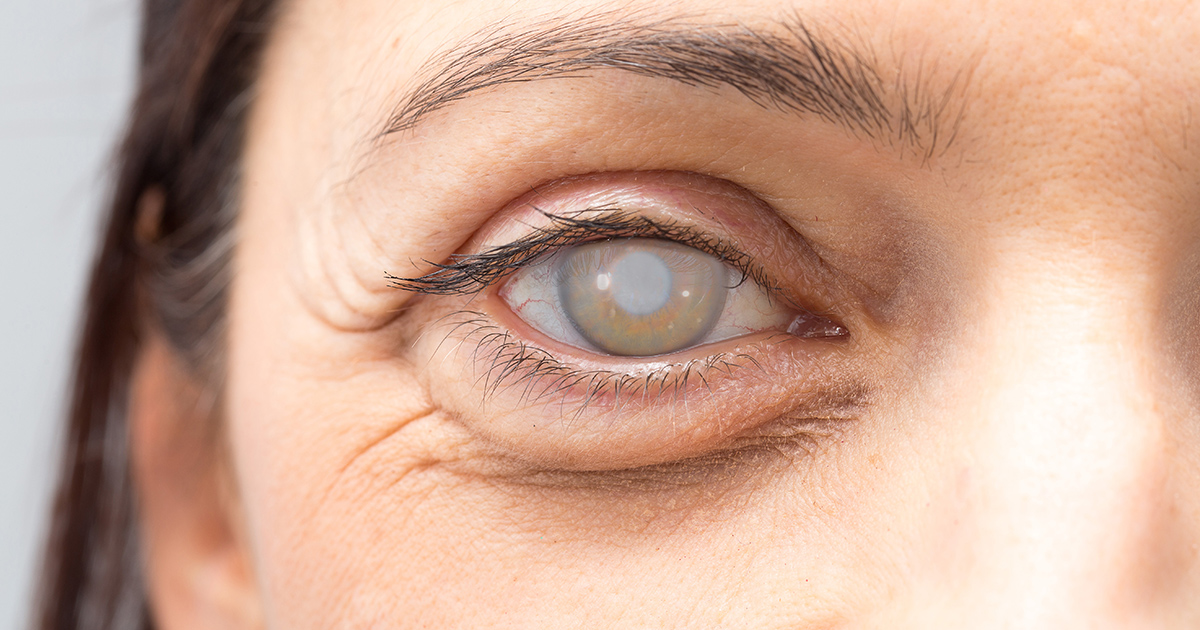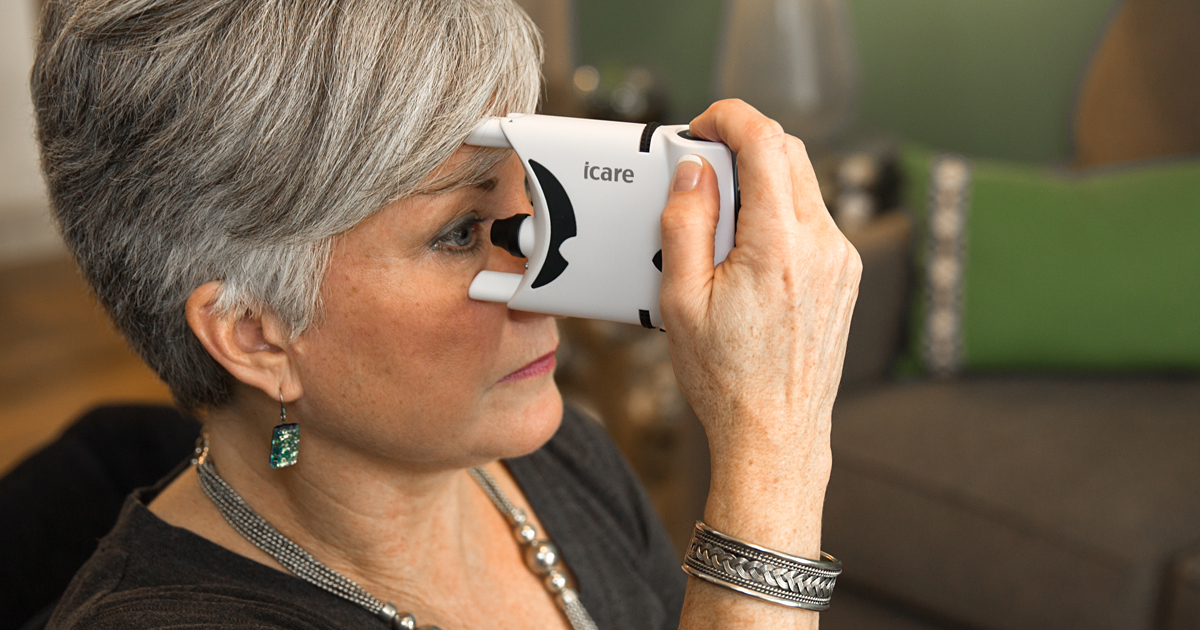Horrific Problems Caused By Having A Torn Retina
Cataracts After Surgery

Patients who have an operation to repair a torn retina might develop cataracts after surgery on the affected eye. A cataract occurs when the lens of the eye, which is normally clear, becomes cloudy. Cataracts cause blurry vision, and the patient may feel as though they are seeing everything through a frosted window. Over time, the patient might notice additional symptoms, including sensitivity to light, double vision in the affected eye, and difficulty seeing at night. Bright colors could also appear as though they are faded.
Cataracts can form at the center of the lens of the eye, and they may develop at the back of the lens or at the edges of the lens too. Individuals who have recently had retinal surgery will have frequent follow-ups with their ophthalmologist, and the clinician will carefully check for signs of cataracts at these appointments. To do so, they will examine the retina with a slit-lamp examination and an ophthalmoscope. If cataracts are present, surgery to remove the cataract may be recommended once the patient has recovered from the previous operation.
Glaucoma After Surgery

Some individuals who have operations on their torn retina may develop glaucoma after surgery. Glaucoma occurs when the optic nerve is damaged, and this is typically caused by elevated pressure within the eye. Left untreated, glaucoma can lead to blindness. With open-angle glaucoma, the patient may not have any symptoms, and vision loss happens gradually. Closed-angle glaucoma is considered a medical emergency, and patients may experience a sudden onset of blurry vision, headaches, and severe eye pain. The patient might also see halos when looking at lights, and some individuals have nausea and vomiting.
Patients who have undergone surgery on their retina will be advised of these warning signs, and an emergency appointment with the patient's ophthalmologist should be made if these symptoms develop. To screen patients for glaucoma, doctors perform a test known as tonometry to measure eye pressure. Pachymetry, an exam that measures the thickness of the cornea, may also be performed. Treatment for glaucoma typically includes eye drops to lower eye pressure, and patients may need to have conventional surgery or a laser trabeculoplasty to help fluid drain from the eye.
